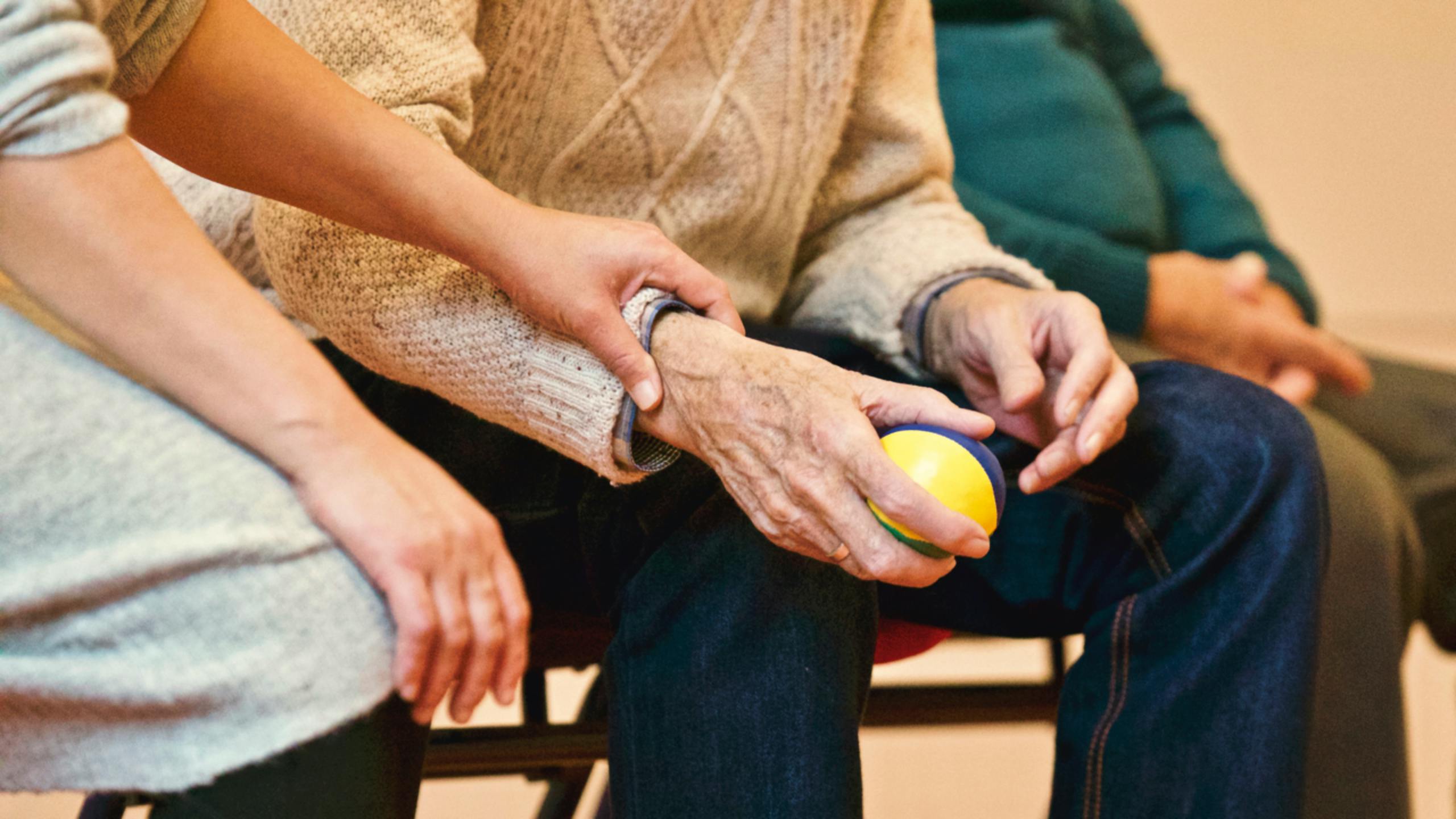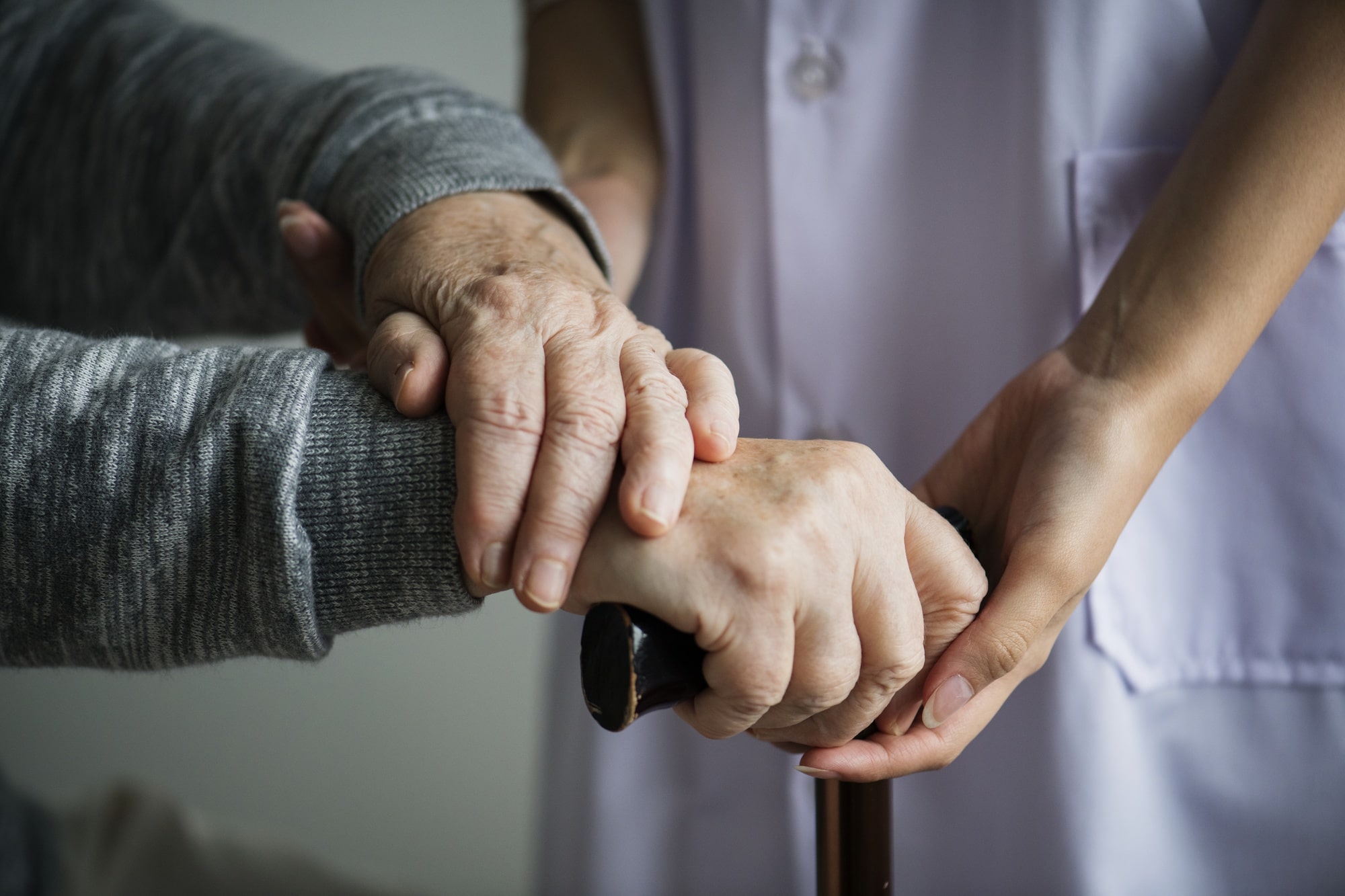- (248)952-8187
- info@findcarez.com
- 8519 PERRY RD.,# 233 ATLAS, MI 48411
What Are the Responsibilities of Paid Caregivers?

What Are the Responsibilities of Paid Caregivers?
Paid caregivers play a vital role in providing assistance and support to
individuals who need help with daily tasks due to age, illness, or disability.
Their contributions are essential for maintaining the quality of life of their
clients, enabling them to live with dignity and comfort, whether at home, in
healthcare settings, or in assisted living communities.
In this article, we’ll explore the diverse responsibilities and
expectations of paid caregivers, from personal care and medical support to
emotional companionship and household tasks. Understanding the scope of
caregiving helps society recognize and support these caregivers, who are often
underappreciated despite their vital role.
II. Overview of Paid Caregiving
Definition of Paid Caregivers
Paid caregivers are professionals hired to assist individuals with daily
living activities or medical needs. These caregivers typically work in various
settings, including private homes, nursing homes, hospitals, and hospice care
centers. They may be referred to as personal care aides, home health aides, or
certified nursing assistants, depending on their qualifications and the type of
services they provide.
Difference Between Professional
Caregivers and Family Caregivers
While both family caregivers and professional paid caregivers offer
valuable support, the distinction lies in the role and expertise. Family
caregivers are often relatives who provide care without compensation, while
paid caregivers are hired professionals with specific responsibilities, often
with formal training and certifications.
Types of Paid Caregivers
Paid caregivers come in several roles, depending on their level of
training and the needs of the person they care for. These include:
- Personal Care Aides (PCAs): Assist with basic daily tasks like bathing, dressing, and eating.
- Home Health Aides (HHAs): Provide personal care services in addition to assisting with medication administration and monitoring health.
- Certified Nursing Assistants (CNAs): Provide more advanced care, such as taking vital signs, assisting with mobility, and helping patients with physical therapy.
- Nurses: Registered Nurses (RNs) or Licensed Practical Nurses (LPNs) provide medical care, administer treatments, and oversee the patient's health plan.
- Companions: Primarily
provide emotional support and engage in social activities with the client.
III. Core Responsibilities of Paid
Caregivers
A. Personal Care Assistance
One of the most essential duties of a paid caregiver is helping clients
with Activities of Daily Living (ADLs). These are the basic tasks
individuals may struggle with due to age, disability, or illness:
- Bathing, Dressing, and Grooming: Many individuals need assistance with personal hygiene to maintain their health and dignity.
- Toileting: Caregivers assist with toilet needs, which can be a delicate issue, requiring empathy and discretion.
- Mobility Assistance: Caregivers help with moving around, such as getting out of bed or walking to the bathroom, especially for those with physical disabilities
B. Medical and Health Management
For clients who require health management, paid caregivers are often
responsible for:
- Administering Medications: Caregivers may be tasked with ensuring that medications are taken as prescribed, managing dosages, and keeping track of schedules.
- Monitoring Vital Signs: This includes tracking blood pressure, temperature, pulse, and respiratory rates, especially for those with chronic conditions.
- Medical Equipment: Some caregivers are trained to use medical devices such as oxygen tanks or feeding tubes, depending on the client’s needs.
- Post-Surgery or Rehabilitation Care: After surgery or injury, caregivers assist with rehabilitation exercises and ensure the client recovers safely.
C. Emotional Support and Companionship
Paid caregivers offer more than just physical help. They are often a
source of emotional support, especially for individuals who are isolated or
struggling with their health:
- Reducing Loneliness: Regular visits and conversations help alleviate the emotional burden of isolation.
- Providing Emotional Encouragement: Encouragement during difficult moments, such as emotional setbacks, can significantly improve a client’s mental well-being.
- Trust and
Communication: Building a strong, trusting relationship is crucial to ensuring
that the caregiver can meet the client’s emotional and psychological
needs.
D. Household Assistance
In addition to direct care, caregivers often assist with light
housekeeping duties to ensure a safe, clean, and comfortable living
environment:
- Meal Preparation: Ensuring that clients receive nutritious meals is an important responsibility.
- Cleaning and Laundry: Maintaining cleanliness in the home, doing laundry, and tidying up are routine tasks that caregivers perform.
- Safety Measures: Caregivers remove hazards that may lead to falls or accidents, such as ensuring proper lighting and accessibility in the home.
E. Transportation and Errands
Paid caregivers also often help with transportation:
- Appointments and Activities: Driving clients to medical appointments, social events, or recreational activities is common.
- Running Errands: This includes shopping for groceries, picking up prescriptions, and other necessary tasks.
IV. Specialized Responsibilities Based
on Client Needs
A. Elderly Caregivers
For elderly clients, caregivers may have specific responsibilities,
including:
- Managing Dementia or Alzheimer’s Care: Caregivers support elderly clients with memory loss by assisting with daily routines and providing cognitive stimulation.
- Preventing Falls and Injuries: Ensuring the home is free of obstacles and providing mobility support is vital for the elderly, especially those with limited mobility.
B. Disability and Chronic Illness
Caregivers
Caregivers working with individuals with disabilities or chronic
illnesses may have additional responsibilities, such as:
- Tailoring Support: They adapt their caregiving techniques based on the client's specific needs (physical, intellectual, or emotional).
- Mobility Aids: Helping clients use walkers, wheelchairs, or other aids to move safely.
C. Palliative and Hospice Caregivers
Caregivers working in hospice or palliative care focus on comfort:
- Pain Management: They assist in managing pain and discomfort, often by administering medications.
- Emotional Support: Providing comfort to the client and their family during end-of-life care.
D. Post-Surgery and Recovery
Caregivers
Caregivers supporting individuals post-surgery or injury assist with:
- Rehabilitation: Helping with physical therapy exercises and ensuring that recovery protocols are followed.
- Monitoring for Complications: Keeping an eye out for any complications or signs of infection that require medical attention.
V. Professionalism and Ethics in
Caregiving
A. Confidentiality
Paid caregivers must respect the privacy of their clients. This
means maintaining confidentiality about the client’s health conditions,
personal life, and medical history.
B. Respecting Clients’ Dignity
Caregivers are expected to treat clients with the utmost respect,
honoring their personal preferences and choices, even when making decisions
about their care.
C. Boundaries and Self-Care
Maintaining professional boundaries is essential. Caregivers must
manage their emotional and physical energy to avoid burnout, making self-care
a priority.
VI. Training and Qualifications
Paid caregivers often undergo specific training and
certifications, including:
- Certified Nursing Assistants (CNA): Required for more advanced caregiving duties like health monitoring.
- Home Health Aide (HHA): Typically involves training in assisting with medical tasks.
- CPR and First Aid: Essential certifications for dealing with emergency situations.
Regular professional development is crucial for staying updated on
best practices and safety protocols.
VII. Challenges and Rewards of Being a
Paid Caregiver
A. Challenges
Caregivers face several challenges:
- Physical and Emotional Demands: The job can be physically taxing and emotionally draining, especially for those working with terminally ill clients.
- Managing Difficult Behaviors: Patients with dementia or other cognitive conditions may exhibit challenging behaviors, requiring patience and skill.
- Stress: The emotional burden of caregiving, particularly for those providing end-of-life care, can be significant.
B. Rewards
Despite the challenges, caregiving can be immensely rewarding:
- Impact on Clients’ Lives: Caregivers make a tangible difference in the lives of their clients, enhancing their comfort and well-being.
- Personal Fulfillment: Many caregivers form deep emotional bonds with those they care for, leading to a sense of accomplishment and purpose.
- Career Growth: As the demand for healthcare workers increases, caregiving can offer career advancement opportunities in healthcare and related fields.
VIII. Conclusion
Paid caregivers play a crucial role in the lives of those they assist,
providing not just physical support but also emotional care, companionship, and
a sense of dignity. Their responsibilities are vast and varied, from daily
living assistance to managing complex medical needs. However, the work is often
underappreciated despite its significant impact on both clients and their
families.
As society continues to age and healthcare needs increase, recognizing
the value of paid caregivers—and supporting them through training, fair wages,
and proper resources—becomes more important than ever.
Quick Facts on Caregiving
|
Fact |
Statistic |
|
Number of Americans aged 65+ (2023) |
56 million (expected to grow to 94
million by 2060) |
|
Average wage of a caregiver (2023) |
$15.24 per hour
(can vary by state and care type) |
|
Percentage of caregivers who report
emotional stress |
30% |
|
Projected job growth for home health aides (2022-2032) |
25% (much faster
than average) |
As caregiving needs continue to rise, supporting these essential workers
is critical to ensuring quality care and improving the lives of those who need
it most.



